Online selling makes your business accessible to a global market and potential for astronomical growth. The cost of starting and growing an e-commerce business is low with the flexibility to run them from your home while accessing free marketing channels.
Regardless of whether you make your products or sell other brands, online selling turns passion into income. This guide covers everything one needs to know about how to sell products online.
Table of Contents
1. Choosing the Right Products to Sell Online

Before you focus on how to sell products online and set up your e-commerce store, choose carefully what you’ll sell. Product ideas and trends should be researched; not all products sell well online.
Trending and In-Demand Products:
- Some product categories naturally lend themselves to online sales:
- Transportable ones such as clothing, jewelry, or beauty items
- E-books, courses, or music digital downloads;
- Small non-textual accessories and gift items; whatever is personalized by customization.
Look at Google Trends, news in the retail market world, bestselling lists, and other online sellers to come up with products that are game changers.
2. Evaluate Different Products
Sort out short-listed items by comparing profit margins, upfront costs, sourcing options, competition levels, and market demand.
For instance, a fitness ebook has lower initial costs than delivering an inventory-intensive clothing brand that necessitates buying in bulk. Evaluate your budget and abilities as well.
3. Identifying gaps and unmet consumers’ needs
Instead of offering similar products in overcrowded markets, look for gaps. If what is currently available in sizes, styles or features does not meet your target audience’s requirements, it presents an opportunity to you.
4. Choosing the Best E-commerce Platform
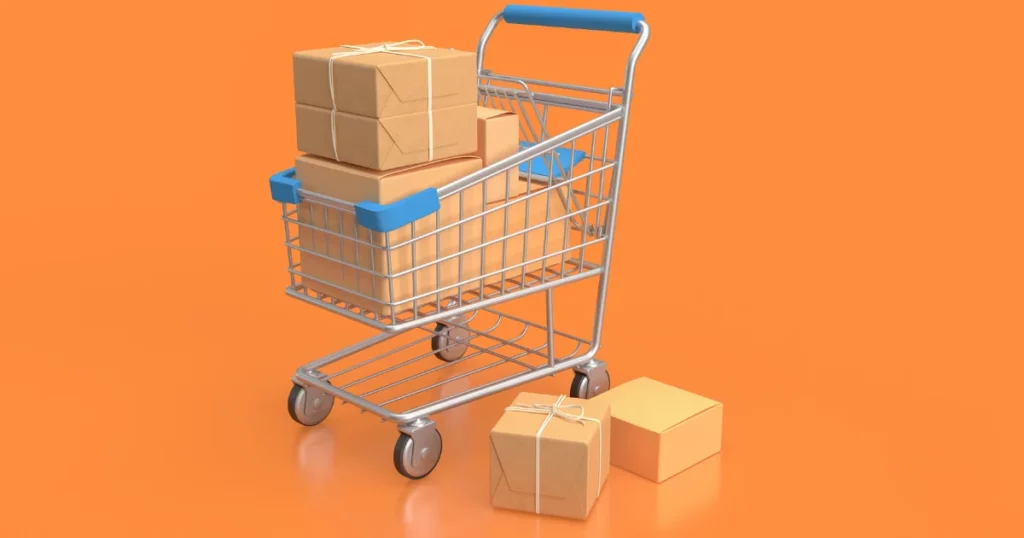
While thinking about how to sell products online it is important to choose the right e-commerce platform like BlinkStore, Shopify, Wix, or BigCommerce among other platforms is essential as you open your online store.
Step 1: Hosted vs Self-Hosted E-commerce Platforms
Platforms like Shopify are hosted so they take care of security, speed, and uptime while you concentrate on sales.
Self-hosted ones such as WooCommerce are more controlling and customizable but they need technical skills. Decide terms of capabilities, scalability, ease of use, and cost.
Must-Have Ecommerce Platform Features:
- Secure payment gateway integration
- Responsive storefronts and shopping cart
- SEO optimization
- Inventory and order management
- Shipping and tax calculation
- Email marketing and promotions capabilities
- Integration of mobile app and social selling
Shopify and Wix simplified the process of launching intuitive online stores. Growing brands will have added flexibility with WooCommerce. Choose the best fit for your business model and point in time.
Step 2: Registering an E-commerce Platform
To open your online doors, you will need to get yourself registered with the software that you have chosen.
A. Create and Store Sign Up.
Just give the main points – your name, store’s name, email, and password to sign up. Most platforms offer free trials to set up your store.
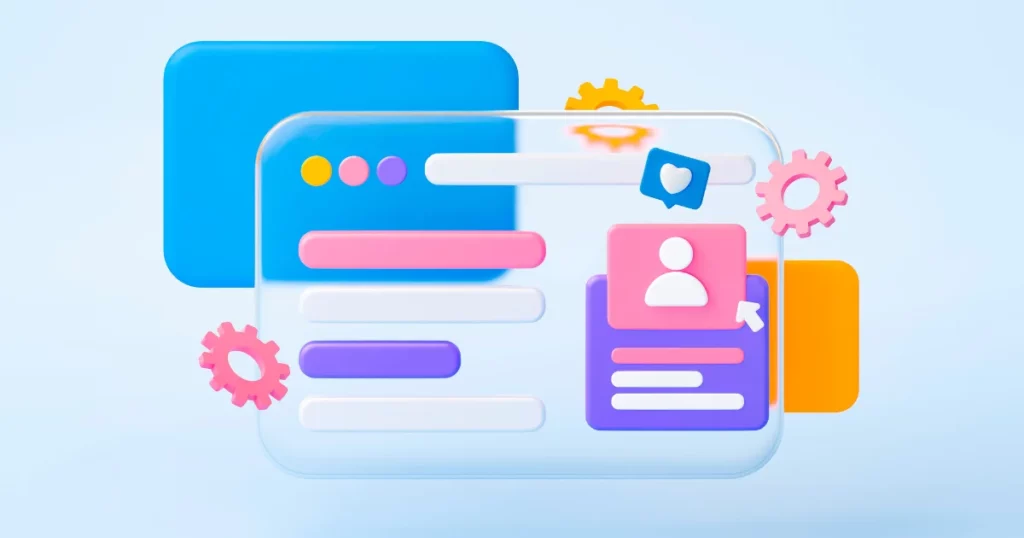
B. Select a Plan
When the trial period ends compare pricing for monthly/annually paid plans. As you grow, migrate to more feature-rich plans. Many also provide annual upfront payment plans at a discount.
C. Configure Settings
Before adding products customize everything – domain name, the theme of the site, layout for the homepage I laid over menus and shipping rates, etc. And always provide good-quality product images as well as descriptions.
5. Locating Reliable Suppliers and Manufacturers
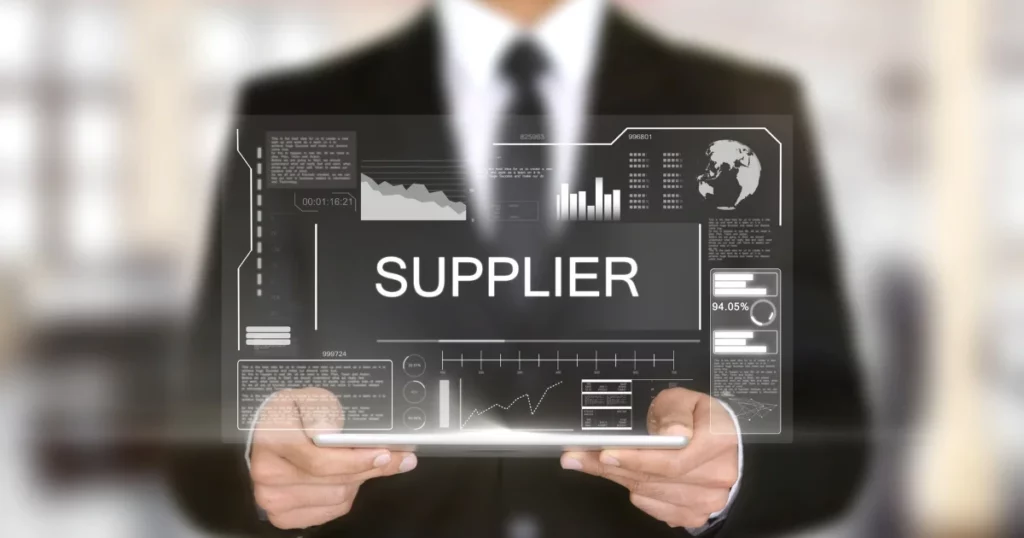
You are likely to need good suppliers who can provide you with wholesale prices on the inventory unless, of course, you manufacture your products.
Step 1: Domestic Suppliers
In the beginning while focusing on how to sell products online, it is more convenient to deal with manufacturers and wholesalers located in your country because managing an inventory when you get started involves several challenges.
Step 2: Overseas Suppliers
Investing in merchandise from countries such as China and India guarantees affordable quotes; however, the vetting of suppliers must be done thoroughly to ensure quality standards.
Step 3: Dropshipping
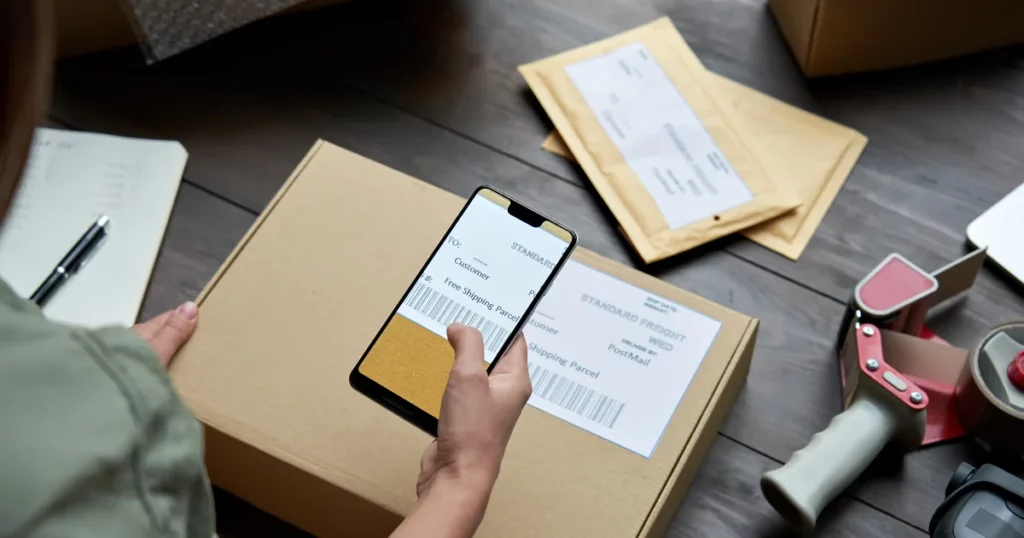
This retail fulfillment model permits you to sell products obtained from a wholesale provider who also delivers orders directly to customers. It has a meager initial investment of inventory but the profit margin per sale is small.
While focusing on how to sell products online research product sources and manufacturers before making a choice. Checking out reviews, Better Business Bureau ratings, the number of years in business, etc. can help avoid problems later on.
6. Ways to Manage Your E-Commerce Inventory
Calculating your inventory levels very carefully prevents you of redundant stock or the possibility of a shortage and assists you on focusing how to sell products online.
Step 1: Use Historical Data
Accurately forecast future demand with past sales data. Count on seasonal peaks such as holidays to stock up effectively.
Step 2: Set Optimal Inventory Targets
Request your supplier to supply order minimum batches so that you will have sufficient stock without being overstocked with stocks. 2 Take into account the lead time to restock popular items.
Step 3: Use Inventory Management Software
E-commerce platforms support multiple warehouse and inventory tools. The use of SKU numbers, bar codes, etc makes it easier to track levels of stock and sales through multiple channels.
Step 4: Offer Preorders
If the capital is little at first, let customers preorder items before making/buying lots. This helps validate demand.
Step 5: Packaging and Shipping Orders
A streamlined order fulfillment process leads to customer happiness, repeat business, and great word-of-mouth.
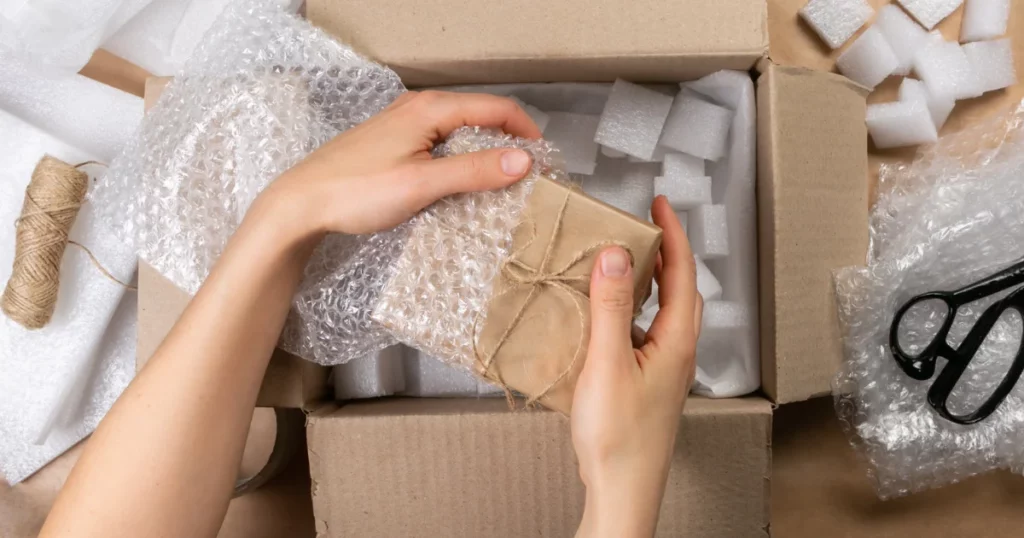
Step 6: Pick the Right Packaging
Select packaging that protects your products, promotes your brands, and addresses sustainability commitments. Custom-printed mailers, boxes, and tape turn unboxing into an experience to remember.
Step 7: Streamline Order Processing
Efficiently organize warehouse space so these orders can be quickly picked, packed, and checked before shipping. Automate tracking and notifications.
Step 8: Manage Shipping Costs
Take shipping costs, and redistribute them to customers. Based on cart value thresholds, integrate carriers such as UPS FedEx, and USPS to offer tiered shipping rates.
Step 9: Online Store Traffic Generation
Customers will find it difficult to locate your e-commerce store among millions online unless you adopt multiple marketing strategies.
Step 10: Leverage Social Media
Post images, videos, and special offers on all the platforms where your audience is hugely engaged like Instagram, Facebook, Pinterest, or TikTok.
Step 11: Run Targeted Ads
Develop highly targeted Facebook and Instagram ads to target potential buyers based on their location, interests, or behaviors.
Step 12: Email Marketing

Capture customer emails to foster long-term relationships that could be achieved through regular promotions, content, and special subscriber discounts.
Step 13: Influencer Marketing

Products are gifted to relevant bloggers, content creators, and micro-influencers in exchange for reviews, features, and referrals which act as word-of-mouth enhancement.
Step 14: Offering Excellent Customer Experiences
Customer experience is the foundation of repeat purchases in e-commerce and referrals, as well as word-of-mouth publicity.
Step 15: Responsive Customer Service
Invest in 24/7 live chat, phone, and email support. Quickly address issues, offer special offers, or just answer product queries.
Step 16: Loyalty Programs
Customer appreciation can be conveyed by offering them free shipping or redeemable points, members-only deals, and VIP access.
Step 17: Optimization for All Devices
50% of shopping traffic from mobile, make sure those experiences are smooth on desktop and mobile.
Resources and Tools for How to Sell Products Online
E-commerce Platforms
- Blinkstore: All-in-one platform where you can start and maintain your online store for free along with other benefits and focus on how to sell products online. You can also use Mockey.ai to design your products.
- Shopify: A user-friendly platform for creating and managing your online store.
Also Read: How to Setup a Free Merch Store For Your Startup
Hosting on the web
- Bluehost: Gives you endless space and storage, a free domain name included with simple WordPress hosting at an affordable cost for beginners.
- HostGator: Offers plans that can grow with your business, speed promises, and top-notch service along with good time support.
Business Domain Registrar
- Namecheap: With low prices, free protection for WhoIs, and a great help for customers, Namecheap makes signing up and looking after domain names easy.
- Google Domains: Google Domains is very easy to use. It works well with Google’s products and provides simple but strong tools for managing domain names.
Payment Processing
- Stripe: Making global payments simple with tools for easy joining, protection against fraud, analysis, and clear pricing.
- PayPal: The old money processor brings quick buying ease and well-known use by many shoppers.
How to choose the right product to sell online?
First, find gaps in product availability that match consumer demand by researching online forums and surveys. Analyze best-selling items in your niche. Seek out unique creations or improved versions of existing products. Choose items aligned with your passions and capabilities. Seek high profit margins, reasonable shipping costs, repeat purchase potential, and reasonable initial inventory outlay. By carefully selecting in-demand yet competitively unique products, your online business can thrive.
Conclusion
By gaining expertise in product selection, playing e-commerce platforms, and order fulfillment as well as marketing you can create a very profitable online business that fills into the once multi-billion dollar industry of trade by internet.
FAQs – How to Sell Products Online
How do I start selling products online?
First, determine your unique value proposition of what you want to sell. before you set up an e-commerce storefront using platforms such as Blinkstore, Shopify, or Etsy do some research on your customers and competitors’ buying habits pricing and the best sales channels for selling products Make a focus on branding, quality imagery, and convincing descriptions to present your products.
Where Are The Best Online Platforms To Sell Products?
Blinkstore and Shopify are top platforms that offer many templates, secure payment integration features, and scalability to cater to growth. Marketplaces targeting niches such as Etsy also come with built-in audiences. Compare costs, simplicity, and functionality to choose the best fit.
What are the costs associated with selling products online?
The significant costs include inventory, web hosting, payment processing fees, and any subscription to e-commerce platforms or tools. Advertising and marketing costs are proportional to your budget. However, minimize initial commitments for later on when sale volumes increase.
Which products should I sell online?
Focus on mobile products that can be digitized and are easy to transport and store. Handmade crafts, Apparel, and artwork are personalized jewelry. Even cosmetics and digital downloads like ebooks have proven to be bestselling online.
How to sell products online is critical for any business idea. Some of the best techniques for driving traffic and sales are content marketing on social media, influencer collaborations, search and display ads including email campaigns, and affiliate programs as well as SEO optimizing e-commerce product listings.
How to sell products online from home or as a small business?
The same fundamentals apply whether you sell full-time or around your kitchen table. Start by researching winning products aligned with your interests and experience. Craft listings that convey your passion. Market consistently even if sales are slow initially. Provide excellent customer support. Reinvest profits to grow. Despite humble beginnings, many sellers become so successful that online sales become their full-time job.
How to sell products online in India specifically?
E-commerce is booming in India. Connect with domestic suppliers or manufacture your products aligned with Indian consumer interests like jewelry, Ayurvedic products, handicrafts, and apparel. Sell across marketplaces like Amazon India, Flipkart, and Snapdeal along with your independent store. Enable Indian-preferred payment methods. Stay on top of regulations around FDI, taxes, and duties. Meet local delivery speed expectations. With cultural awareness and tight operations, selling to Indian consumers can be very lucrative.
How to sell products online via social media platforms effectively?
Today, it is very important to optimize your online social presence if you want to sell something. Write and post attractive pictures of your products on the Facebook or Instagram pages. Utilize content like how-to’s, user material and backstage footage to engage followers. Promote through social media ads targeting college students. Make the conversion path from viewing an ad to checkout is minimal. Public customer support and direct messaged customer care should be superior. This is an avenue to drive continuous sales as social platforms facilitate intimate customer relations-ways.
How to sell products online at a low cost with Facebook and Instagram?
First, create attractive business profiles with a focus on your brand presentation and products. You should frequently post captivating content and sometimes organize sales or competitions. Provide a quality customer support system via messaging. While you aren’t paying ahead, ensure that not only energy but also the ability to allocate consistent time is present. Once established, you might also opt to have your own site or a third-party market.
How to sell products online without holding physical inventory?
Via dropshipping your store sales products which the supplier and ships to customers on behalf. This avoids upfront inventory investments. Select providers who are trustworthy and can fulfill requests promptly just like BlinkStore. Ensure that pricing still is good after shipping costs take away some of the profit. Manage supplier relationships and order tracking with care. Or provide preorders for the production-on-demand products so you only make what gets sold. First, though needing coordination zero-inventory ecommerce models which radically reduces the risks when beginning.
